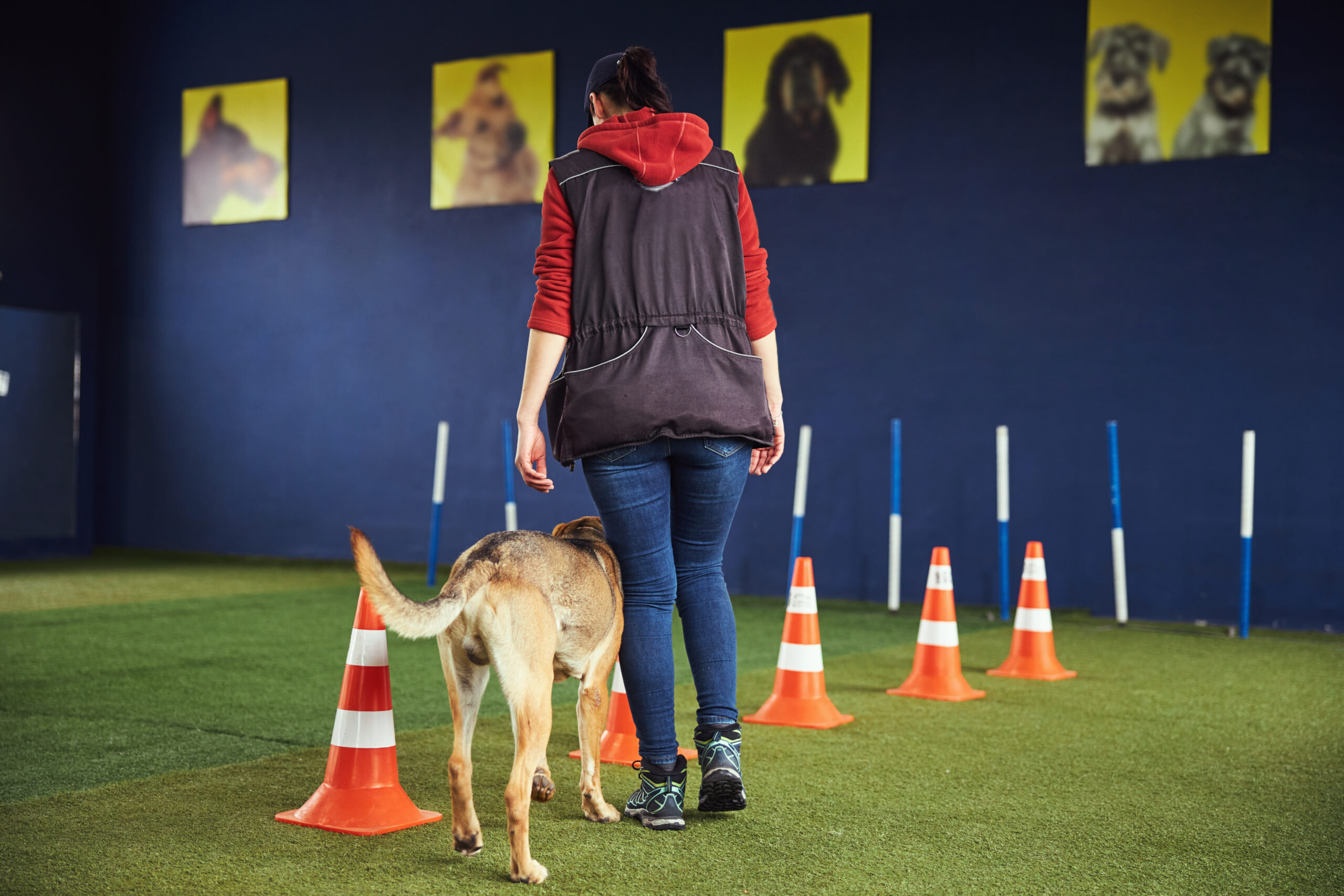26 September 2025
There’s nothing quite like the freedom of watching your dog joyfully explore the world. But that freedom is only possible with a foundation of trust and safety. The single most important command for any dog owner is a reliable recall—the ability to have your dog come back to you, no matter the distraction.
A rock-solid "come" command can prevent accidents, keep your dog safe in emergencies, and give you peace of mind. But how do you build a recall that’s truly dependable?
We've partnered with expert trainer Sylvie Pleasant of K9 Solutions to break down the process into seven clear, positive, and effective steps. Forget frustration and get ready to build a stronger bond with your best friend.
The Golden Rules of Recall: Before You Begin

Before we jump into the steps, let's set the stage for success. According to Sylvie, the key is to make yourself the most exciting thing in your dog's world.
- Be a Party: Your tone of voice and body language are everything. Use lots of enthusiasm, praise, and a cheerful, high-pitched tone to make returning to you feel like the best decision your dog has ever made.
- Never Punish the Return: Never, ever call your dog to you for something they dislike (like a nail trim, a bath, or a scolding). They will quickly learn to associate "come" with negative experiences. If you're feeling angry or frustrated, don't use the command.
With that foundation of positivity in mind, you're ready to start training!
Step 1: Turn Training into a Game
The best way to start is by making recall a fun game of chase. In a safe, low-distraction area like your living room or a fenced yard, start encouraging your dog to chase you for a few feet. Keep the energy high and fun!
Step 2: Introduce the "Come" Cue
As your dog is joyfully running towards you in the middle of your chase game, turn to face them. With an enthusiastic and happy voice, clearly say the word “Come!” only once. The goal is for them to associate that word with the fun action of running to you.
Step 3: Make it Rain Rewards
The moment your dog reaches you, shower them with praise. But don't stop there. Reward them generously with high-value treats.
Sylvie's Pro Tip: Give them a total of ten small, tasty treats, but offer them one at a time. This extends the reward experience and makes coming to you feel like hitting the jackpot.
Step 4: The 'One and Done' Rule
It is critical to only use the word “come” once. If you repeat the command over and over ("Fido, come! Fido, come! C'mon, come!"), the word loses its meaning and becomes background noise. Say it once, clearly and cheerfully.
Step 5: Master the Follow-Through
Only use the "come" command when you are confident you can follow through. If you say the word and your dog gets distracted, don't let the command fail. Immediately and cheerfully walk or run over to your dog, take them gently by the collar or harness, and lead them back to the spot you originally called from. Once you're there, praise them! This teaches them that the command is not optional, but it does so without anger or punishment.
Step 6: Create a Consistent Practice Schedule
Consistency is what builds reliability. For the first two weeks, follow this schedule:
- Practice Sessions: 1-2 short sessions per day.
- Repetitions: Repeat the exercise four times within each session.
Keeping sessions short and fun prevents your dog from getting bored and ensures they are always excited to train.
Step 7: Maintain and Vary the Reward
After two weeks of consistent practice, your dog's recall should be getting much stronger. Now, it's time to maintain it for life.
- Maintenance Practice: Continue practicing 1-2 times per week to keep the skill sharp.
- Variable Reinforcement: Start reducing the frequency of treats. This is the secret to a long-lasting command. Sometimes your dog gets one treat, sometimes they get a few, and occasionally, they get a massive jackpot of their favorite snacks! By never knowing exactly what reward they'll get, their motivation to come back will remain incredibly high. Remember to always reward with enthusiastic praise, even when you don't use treats.
Troubleshooting: What If My Dog…
Ignores Me? If your dog ignores the command during a training session, don't get discouraged. Show them what they missed out on! You can do this by enthusiastically giving the treat to another dog (if one is around) or even tossing it in the trash in front of them. Then, try to re-engage their interest by making it a game again and getting them to chase you.
Runs Away in an Open Area? Panicking and running after your dog will often make them run faster (they think it's a game!). Instead, try the opposite. Get low to the ground by kneeling or even flopping down dramatically. For many dogs, this is so unusual that their curiosity will bring them back to investigate. You can also try running in the opposite direction, which can trigger their instinct to chase you.
A Command Built on Trust
Teaching a reliable recall is about more than just obedience; it's about building a powerful bond of trust and communication between you and your dog. By staying patient, positive, and consistent, you are investing in your dog's safety and your shared happiness for years to come.
This training guide was developed with insights from Sylvie Pleasant of K9 Solutions.

